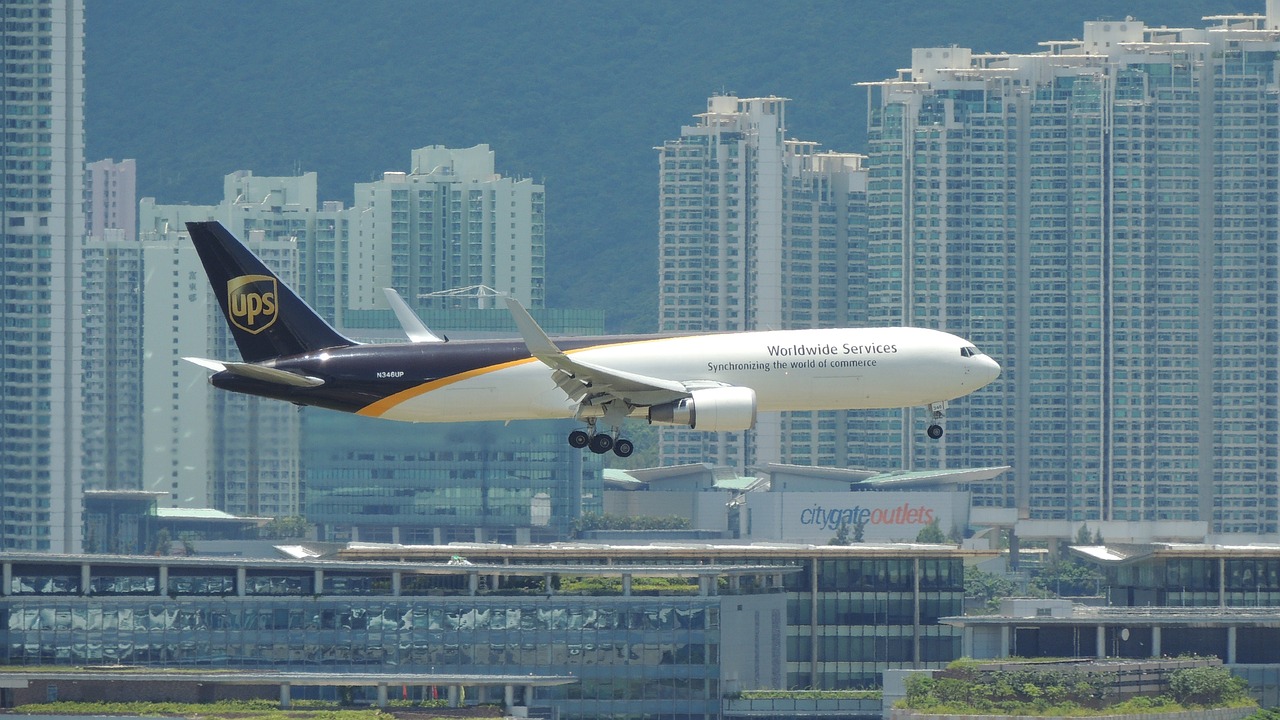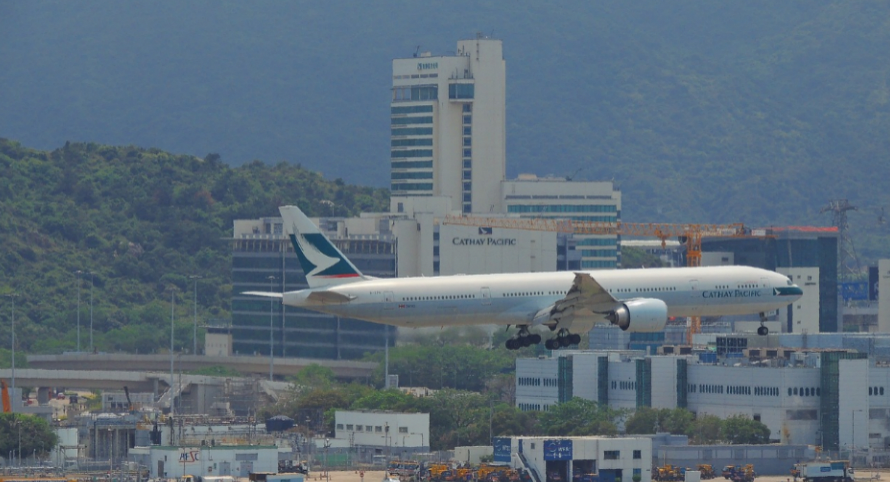The industry involved in the air transportation of people and goods is known as the airline business. It includes a broad range of tasks, such as managing several facets of air travel, running commercial airlines, and offering air transportation services.

The airline industry is a dynamic and intricate one. Airlines make investments in infrastructure, personnel, and aircraft to provide regular flights to domestic and foreign locations. They help link people, facilitate trade, and promote tourism by offering transportation services to millions of customers.
The profitability of the airline industry can vary widely based on several variables, such as market circumstances, competition, operational costs, and the general state of the economy. While some airlines have been consistently profitable, others have encountered financial difficulties and even declared bankruptcy.
Several important aspects play a role in determining profitability in the aviation sector. Demand for air travel is one important aspect, and it can change depending on the economy, travel patterns, and geopolitical issues. Airlines can make more money when demand is high, but during recessions or other economic crises, demand may sharply fall, which could affect profitability.
Operating costs are still another important factor. The purchase and maintenance of aircraft, the cost of fuel, labor, airport fees, and regulatory compliance are all significant costs for airlines. Due to their volatility and unpredictability, fuel prices in particular can have a significant impact on profitability.
Profitability also depends on industry competition. Particularly on well-traveled routes, airlines frequently encounter intense rivalry. The capacity of an airline to draw in and keep customers depends on a variety of factors, including pricing policies, route networks, service standards, and customer loyalty programs.
It's important to remember that different carriers' profitability levels can differ. Although they frequently have greater operating costs, full-service airlines that provide a wide range of amenities and services may seek out premium passengers prepared to pay higher rates. Low-cost carriers, on the other hand, place a strong emphasis on cost-effectiveness and provide basic services at lower costs, which can increase profitability.

So, How Profitable Is Airline Business?
According to an official report by International Air Transport Association (IATA), reported by CNN’s Hanna Ziady, the world airline industry makes close to $10 billion annually in profit. This is coming at a time when the industry was quietly coming back from the COVID-19 break. The IATA also in June 2023 forecasted that the airline industry will reach $9.8 billion in total profit by the end of 2023.
The pandemic affected significantly the global airline business hence, it is utterly impossible to tell the story or the future of the aviation industry without mentioning it. Before the COVID-19 global lockdown, the airline industry was generating about $110 billion in actual revenue, the majority of the income coming from the sales of secondary products. This is around $67 billion of the industry’s operation cost. Meanwhile, 60% of airline revenues come directly from passengers, while the rest 40% is derived from selling auxiliary items and services.
Conclusion
The airline sector has the potential to be profitable, but it is a difficult and expensive one. To draw in and keep customers, airlines must carefully control expenses, adjust to shifting market conditions, and stand out from the competition. Additionally, outside variables like fuel costs, geopolitical developments, and world economic trends can have a big impact on how profitable airlines are.
The aviation industry is essential for facilitating international trade and human connections. Although it is possible to achieve profitability, it depends on several variables like demand, operational expenses, and competition. Successful airlines handle difficulties and pursue profitability in this fast-paced market by using strategic management, operational effectiveness, and a great awareness of customer needs.
